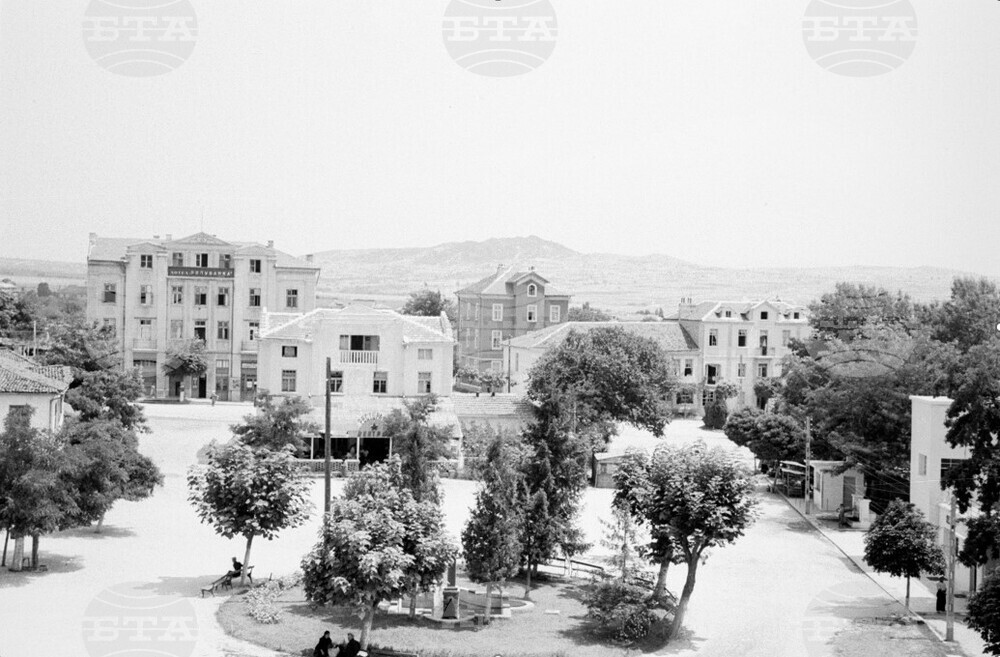site.btaHow the First Organized Spa Treatment in Bulgaria Began in Hisarya


Hisarya (South Bulgaria) is the first organized spa resort in Bulgaria. The beginnings of hydrotherapy in the country date back to 1882, when the authorities of the autonomous province of Eastern Rumelia initiated the first steps toward scientific study and regulated use of mineral waters. This small town, with its ancient Roman baths and centuries-old tradition of healing with thermal springs, became the cradle of Bulgarian balneology—a tradition that continues to this day.
The first steps: health and modernity in Eastern Rumelia
After its liberation from Ottoman rule in 1878, Bulgaria faced epidemics and a shortage of medical personnel. The autonomous Ottoman province of Eastern Rumelia began building hospitals, public baths, and sanitary stations. At a session of the Regional Assembly on April 2, 1880, chaired by Ivan Geshov, physician Dr. Georgi Valkovich declared the waters of Hisarya to be “the best and most beneficial.” A decision was made to construct thermal facilities in Hisarya, but Dr. Georgi Hakanov insisted that a chemical analysis of the water should be carried out first.
The first scientific analysis and the first regulation
In 1882, Czech chemist Sosterzhonek conducted the first official chemical analysis of Hisarya’s mineral waters, starting with the “Momina Banya” spring, known for its high radon content. As a result, the government of Eastern Rumelia issued the Regulation for the Use of the Hisarya Baths. This was the first legal act in Bulgaria regulating the therapeutic use of mineral waters.
Laws, gardens, and the first improvements
A lack of maintenance led to the deterioration of the baths and limited their public use. This prompted Dr. Zhechev, director of the Civil Sanitary Directorate, to issue Report No. 76 (State Gazette, Issue 166, August 1, 1891), highlighting the alarming condition of public and private baths in the Plovdiv district. He proposed several improvements—building proper drainage systems, planting trees, installing separate bathing cabins, and ensuring the presence of a doctor at the facilities.
As a result, in 1891, the Hot and Cold Mineral Water Act was passed, regulating its ownership and management. In 1893, Swiss landscape architect Lucien Chevallaz, invited by Prince Aleko Bogoridi, created the first resort garden near the “Toplitsa” bath. This marked the beginning of systematic landscaping and development of the resort.
The voice of the reformers
Despite these efforts, according to a 1906 report by Minister of Commerce and Agriculture Dr. Nikola Genadiev, most mineral baths in the country were still in poor condition—“dark, dirty, exposed to the elements, lacking sanitary facilities.” The surroundings were barren fields and hills, leaving the sick to “hide in their cramped quarters” during the summer heat. While Roman baths had once been “well-maintained, comfortable, and flourishing,” under Ottoman rule they had become “abandoned pools and swamps of hot water, where ignorant locals literally dunked the sick.”
Genadiev called for a comprehensive approach—not only to build modern baths, but also the necessary infrastructure, green spaces, and walking paths to create a healthy and pleasant environment. He believed the area around Momina Banya was the most suitable location for a state spa hospital in southern Bulgaria—with its rose gardens, vineyards, and dry southern climate.
This led to royal decrees by Prince Ferdinand (1906–1907) for the construction of state baths and improvements in the resorts of Hisarya, Varshets, Bankya, and Merichleri.
From Roman baths to national spa resort
With Decree No. 549 of 1950, Hisarya was officially declared a national spa resort. Over the decades, it developed infrastructure, parks and treatment facilities, blending ancient heritage with modern spa culture. In 2025, the town joined the European Historic Thermal Towns Association.
A symbolic continuation – a Bulgarian leads ESPA
In the same year, Siyka Katsarova, President of the Bulgarian Association of Balneology and SPA Tourism, was elected President of the European Spas Association (ESPA) for the 2025–2029 term. The election took place in the Estonian town of Haapsalu, which hosted the association’s annual congress. A Bulgarian now leads Europe’s foremost institution in balneology—a symbolic recognition for the country where organized spa treatment began more than 140 years ago.
Sources: BTA Archive; State Gazette (1891, 1906); Report No. 76 by Dr. Zhechev (1891); Diaries of the Regional Assembly of Eastern Rumelia (1880); Regulation for the Use of the Hisarya Baths (1882).
/MY/
news.modal.header
news.modal.text